

After becoming one of the best and brightest shining lights in the MOBA genre, with e-Sports pots in the millions of dollars, Smite has finally spread its divine wings and landed on Xbox One. As a somewhat eccentric addition to a crowded and complex genre, Smite has proven itself worthy of praise and already found a competitive place on the home console. But even with the adjustments for console users, MOBA’s can be a tricky proposition, so we’ve put together a quick FAQ to get you on your feet and fighting.
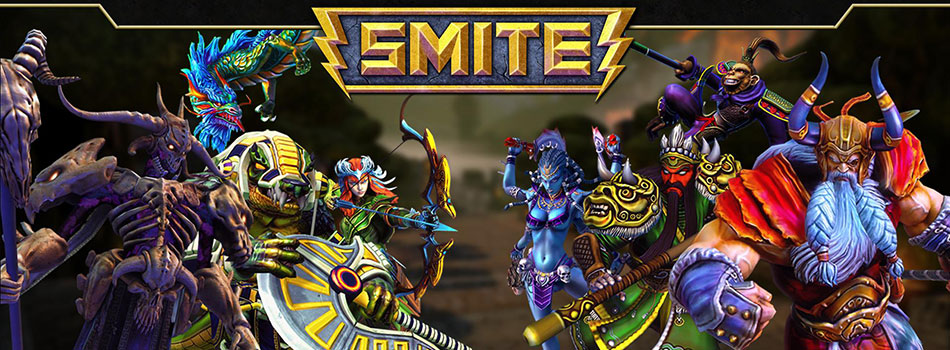
What is a MOBA?
Short for Multiplayer Online Battle Arena, often referred to as “DOTA clones” due to it being the original game in the genre, are built around two 5-player teams aiming to destroy the other’s base. Stretching to the middle of the arena are three different paths (“lanes”) full of defenses, automated to attack the opposite team. Helping the players against these defenses and the opposite team are waves of allied minions who will always be prioritized for attack by base defenses, giving players the room to face off or disable enemy defenses. With players limited in their vision and deaths costing big, MOBAs are all built around tight teamwork and rigid organisation to succeed.
What is different about Smite?
Besides the fact it is one of the few MOBAs to produce million dollar teams, SMITE also takes some liberties with its mechanics that will be obvious to all veterans.
Firstly Smite is built around a unique third person viewpoint. Unlike the omniscient camera of most games in the genre Smite will always be centered around a foot behind the player’s head. This severely changes the level of intelligence each player has access to, and opens up a lot of chances for deceptions and misdirections for the other team.
Second, Smite has grossly simplified the way items are levelled. In most MOBAs there is an intense meta-game around exactly what items are best for each character, and how each items needs to be combined with others to produce the actually desirable equipment. Gutting this system, all of Smite’s items can be bought and the player is highly incentivized to level one up completely before concentrating on the next.
Lastly, Smite modifies two of the most controversial and intimidating parts of the genre in “Minion Denials” and “Last Hitting”. With MOBAs experience systems being built around who landed the killing blow, it is often advantageous to finish off your own minions to prevent the enemy player gaining experience, known as a “Denial”. By removing this feature, players have one less piece of historical legacy to contend with in an already complex game. Similarly the last-hit system is broadened so that surrounding allied players receive some experience for being in the vicinity, which significantly changes the amount of perfect organisation and counter-intuitive tactics needed.
What is the Jungle?
Another historic term from the genre prototypes, this is all of the map that is not part of a distinct “lane”. This area of the map is full of neutral NPC camps that will give your team large stat bonuses or advantages if destroyed. This tradition is alive and well in Smite and your team will be at a severe disadvantage if you are not at least aware of what the enemy is doing in the Jungle. Often times you will hear a team-member calling for a certain colour - this is a queue for the Jungling player to kill the relevant NPC camp and give the corresponding coloured buff.
Common Roles and Strategies / The Meta
Commonly taking over an hour, competition Smite has gave rise to some essential tactics that you will see copied over and over again in your matches (often referred to as “the Meta”). Smite’s three lanes definitely favour a certain combination of Gods and positions that will give you a solid advantage if your enemy is not up to date on the game.
As it stands, the current Meta favours a single mage to fight it out in the central lane. These are players that can tough it out, take care of themselves and control the flow of combat as well as get the hell out of there if the enemy team try to rush. This is the most versatile role in the team; often dipping into the jungle to counter, swapping lanes or picking fights to harass the enemy frontline.
For the longest lane (referring to distance between opposing towers) teams should attempt to get a complimentary Hunter and some kind of support God, who can constantly harass and keep pressure on the enemy defenses. This is where a breakthrough and momentum is likely to start and is also the most forgiving role to be a part of due to its team nature.
For the Jungle, teams should always be fielding an Assassin or other class that can put out intense and immediate damage up close or afar. Much like the mage in Mid, these are self sufficient players who will likely rack up some of the highest damage done. Failing or getting ambushed by the enemy team or jungler however, is bound to be a severe liability and contribute to a huge experience and buff penalty to your team mates.
Lastly, the short lane (towers in this lane are almost facing each other) is for solo players who want the versatility of the mid-laner but the volatility and independence of the Jungler. This is almost always a warrior (but sometimes a mage). This position is nowhere near as safe as mid and will need constantly restraint and acute powers of observation to not lose ground to a sneaky strategy. This will likely be a key target for enemy big pushes and with almost no room to move around will mean by far the most action and experience in your team. Late game the “solo” laner will often combine with the mid-lane mage for more concentrated power and a concerted push.
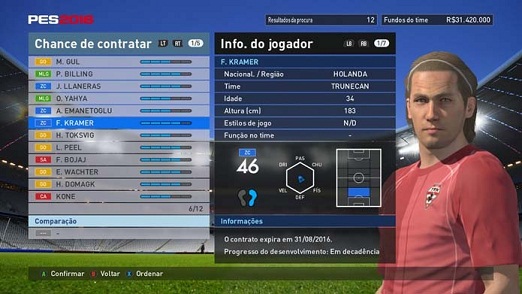
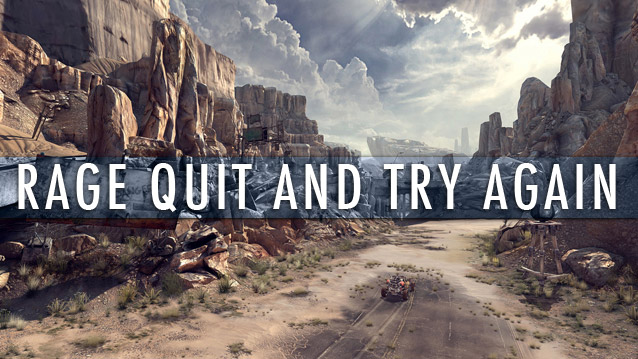

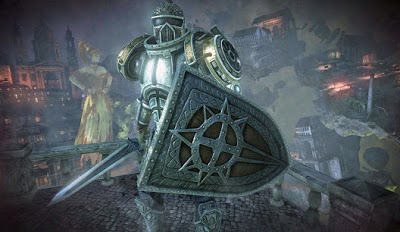
 Far Cry 4 Walkthrough
Far Cry 4 Walkthrough Axl Rose turns 53: Ten Memorable Guns N Roses Songs
Axl Rose turns 53: Ten Memorable Guns N Roses Songs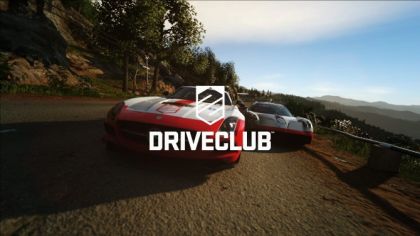 DriveClub Cheat, Tips and Tricks For Beginners
DriveClub Cheat, Tips and Tricks For Beginners Rougoku Walkthrough
Rougoku Walkthrough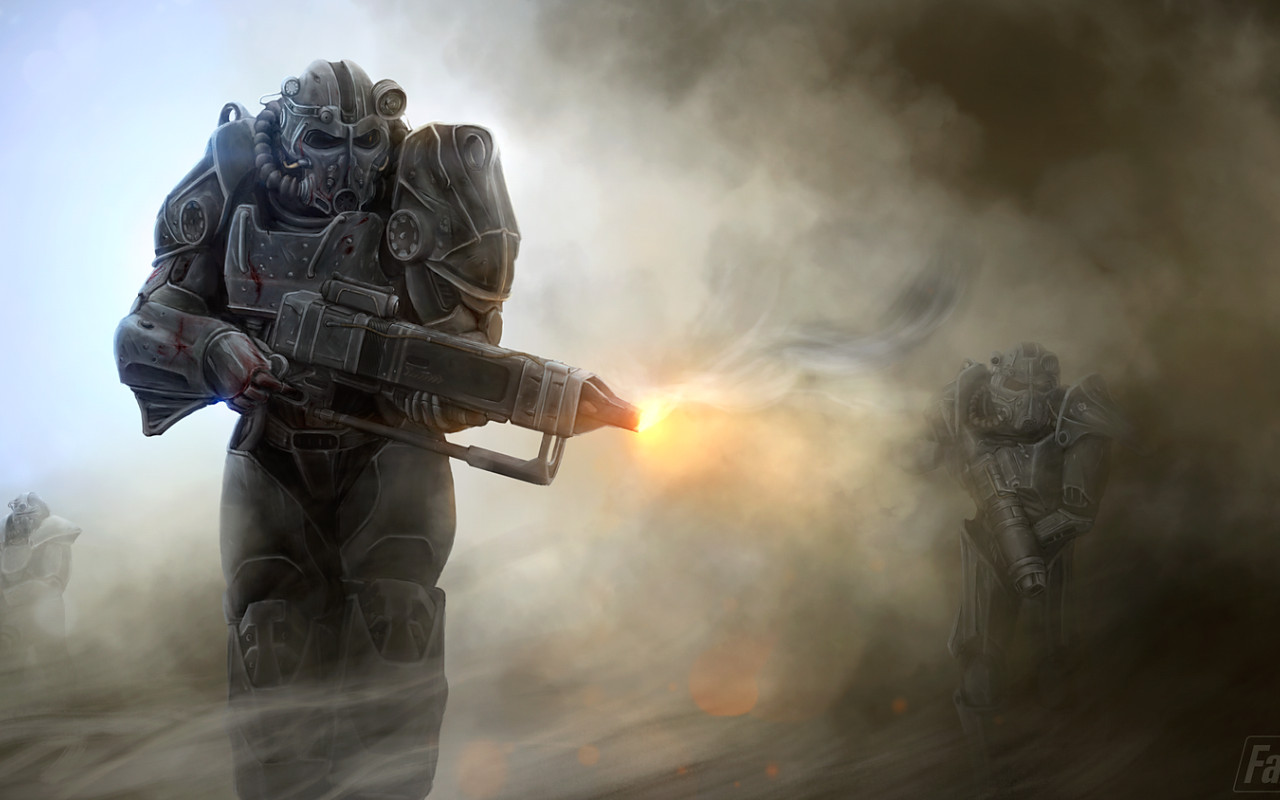 Fallout 4 Mission Guide: Cleansing the...
Fallout 4 Mission Guide: Cleansing the...